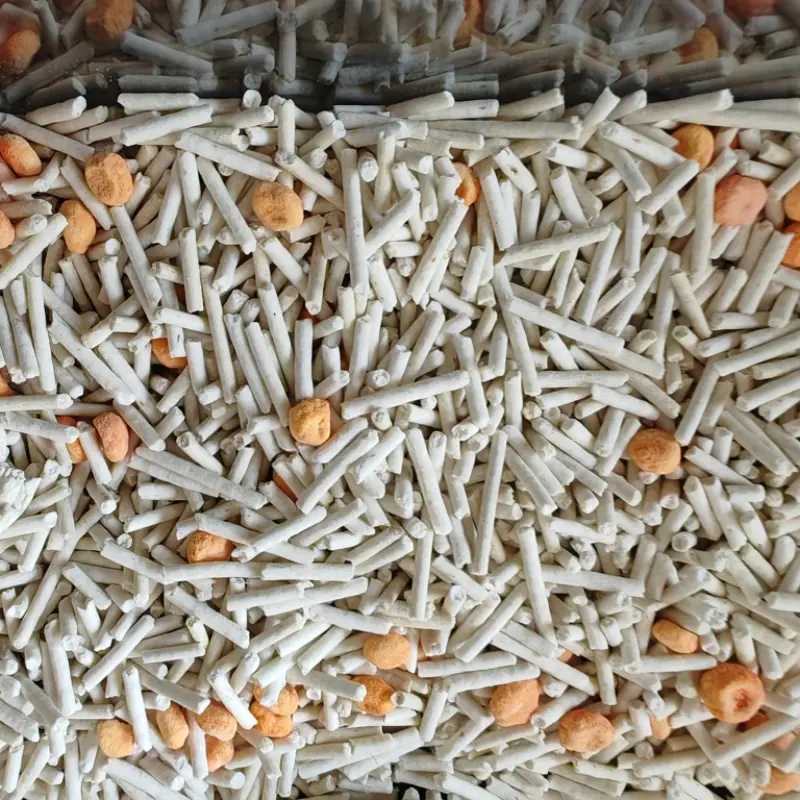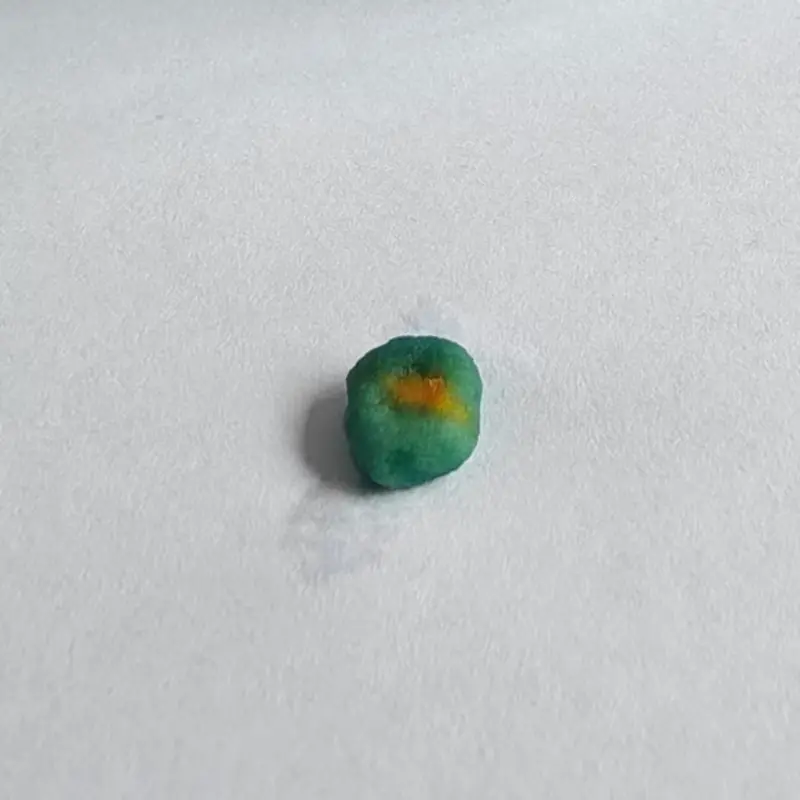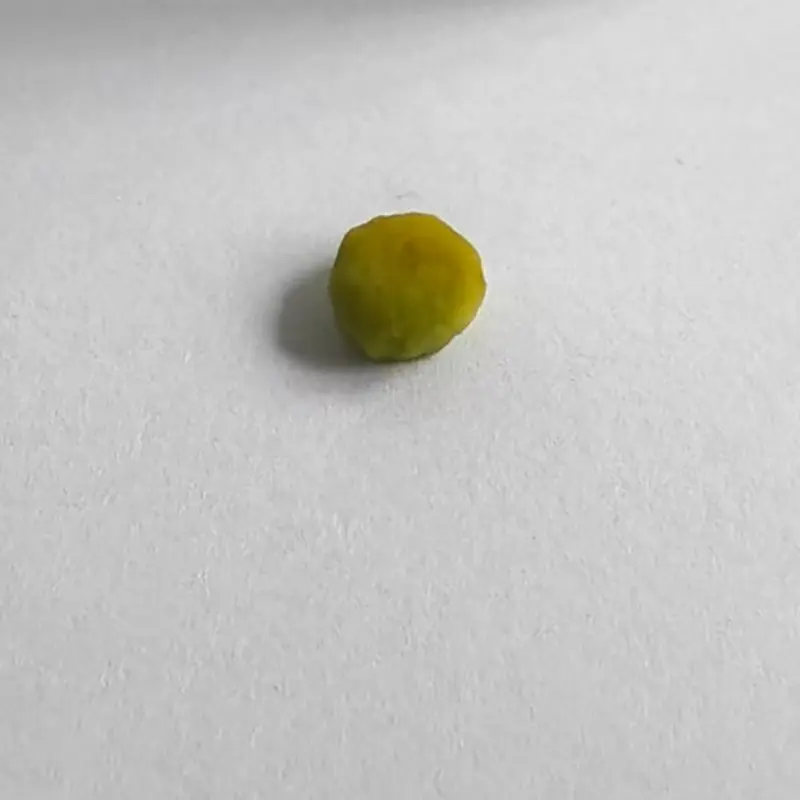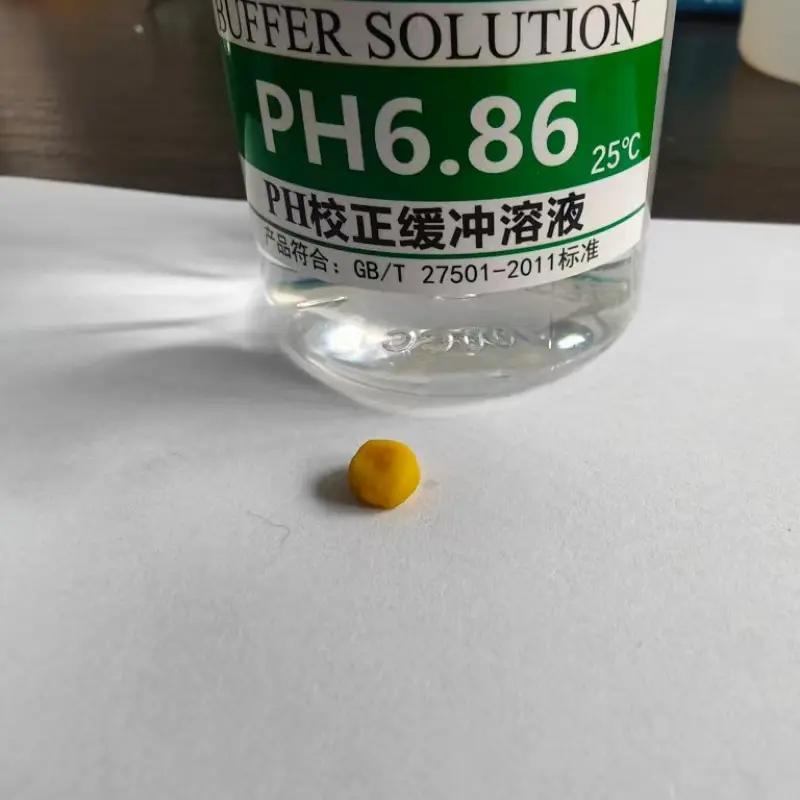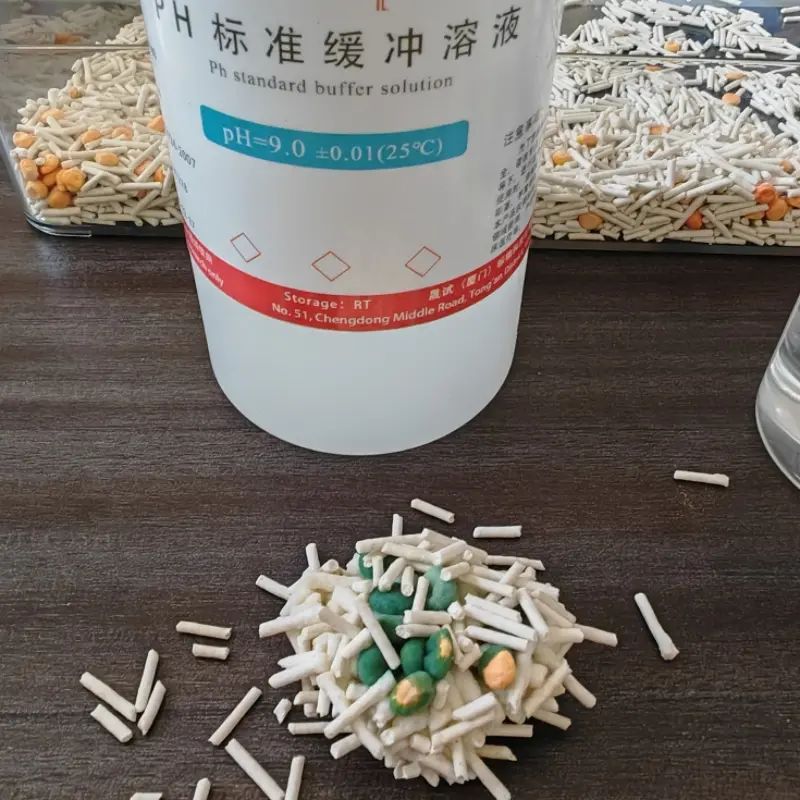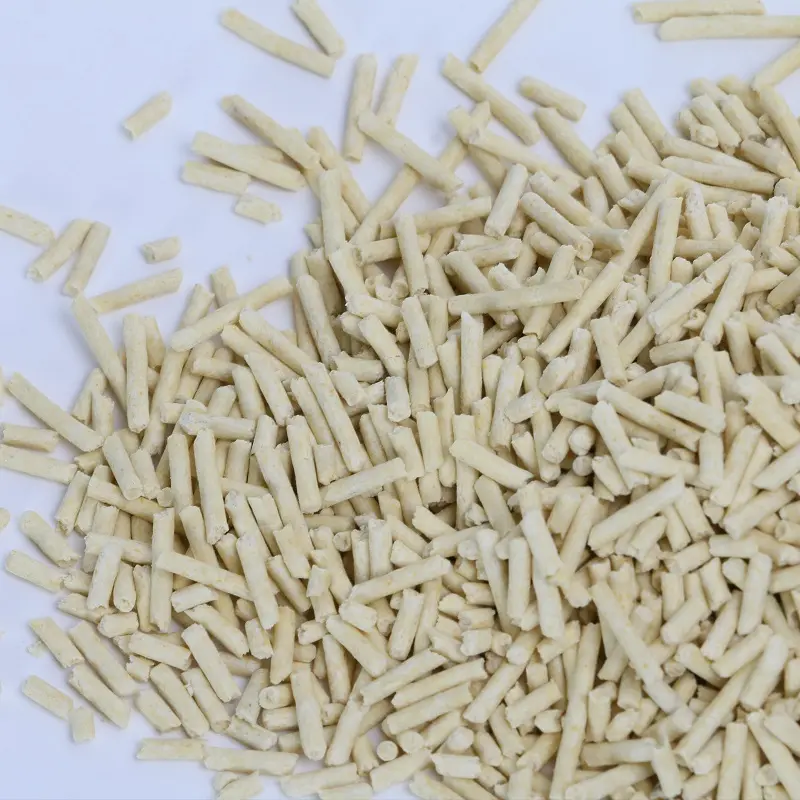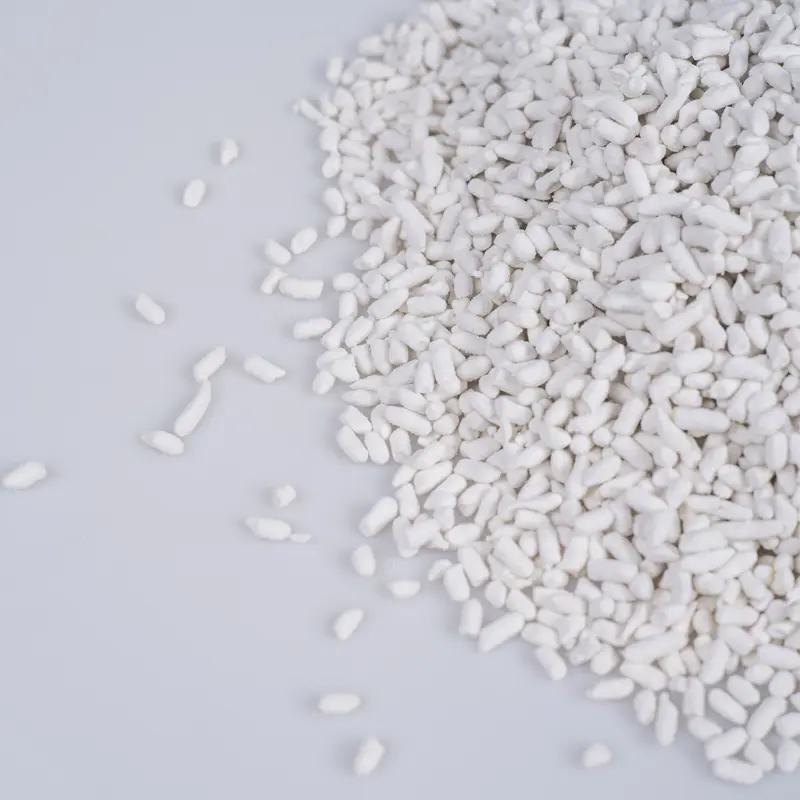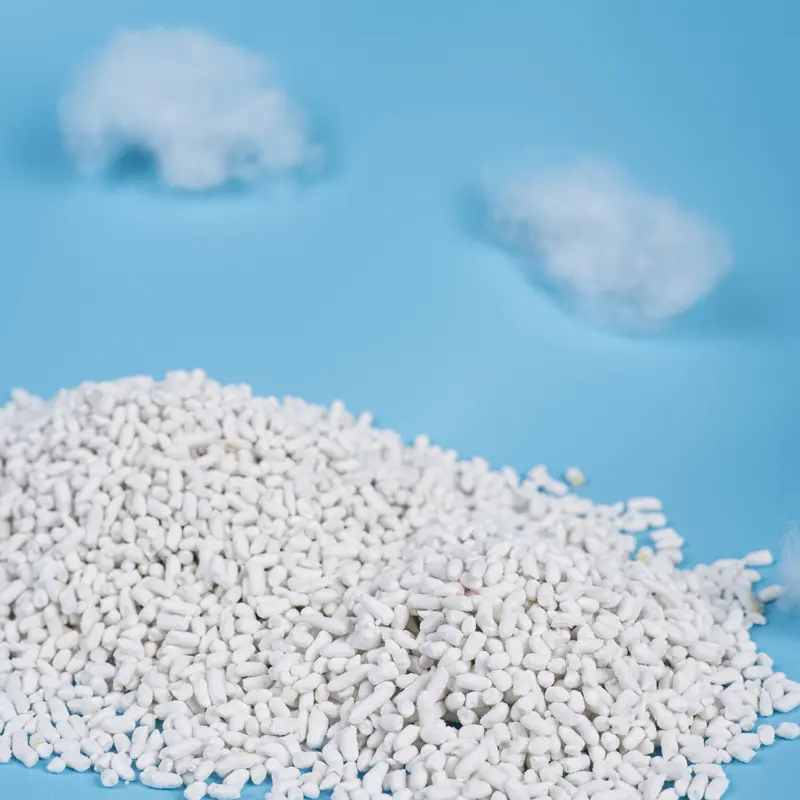Working Principle of pH-Detecting Pellets
The core principle behind pH-detecting pellets is the colorimetric reaction of pH-sensitive dyes, which indicate the acidity or alkalinity (pH level) of a solution through visible color changes. The specific mechanism is as follows:
Function of pH Indicators:
pH-detecting pellets typically contain pH-sensitive dyes (such as bromothymol blue, phenolphthalein, methyl red, etc.), whose molecular structure changes in response to variations in pH, resulting in a corresponding color shift.
Acidic conditions (low pH): The indicator appears red.
Alkaline conditions (high pH): The indicator turns green.
Neutral conditions (pH ≈ 6.5): The color appears yellow.
Significance of Different pH Levels and Potential Health Issues
Under normal dietary conditions, the average urine pH ranges from 6 to 6.5.
| pH Range | Possible Causes | Associated Risks |
| <6.0 (Acidic) | High-protein diet, metabolic acidosis, dehydration | Risk of calcium oxalate stones |
| 6.0–6.5 (Normal) | Healthy diet (balanced intake of animal protein) | Ideal condition, low risk of stone formation |
| >6.5 (Neutral/Alkaline) | Urinary tract infection (UTI), bacterial breakdown of urea, certain prescription diets or vegetarian diets | Risk of struvite stones (magnesium ammonium phosphate stones) |
Color Indication Guide
Normal Color: When the cat is healthy, the litter turns light yellow  after coming into contact with urine, indicating that the pH and other indicators of the cat's urine are within the normal range.Abnormal Acidic Reaction: If the litter turns pink
after coming into contact with urine, indicating that the pH and other indicators of the cat's urine are within the normal range.Abnormal Acidic Reaction: If the litter turns pink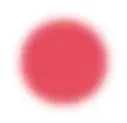 , it may suggest that the cat’s urine is overly acidic. This could indicate a risk of urinary tract stones or other related conditions. It is recommended to increase the cat’s water intake and consult a veterinarian if necessary.Abnormal Alkaline Reaction: If the litter turns green
, it may suggest that the cat’s urine is overly acidic. This could indicate a risk of urinary tract stones or other related conditions. It is recommended to increase the cat’s water intake and consult a veterinarian if necessary.Abnormal Alkaline Reaction: If the litter turns green , it may indicate that the cat’s urine is too alkaline, potentially pointing to kidney issues or bacterial infections. Close monitoring of the cat’s condition and timely consultation with a veterinarian are advised.
, it may indicate that the cat’s urine is too alkaline, potentially pointing to kidney issues or bacterial infections. Close monitoring of the cat’s condition and timely consultation with a veterinarian are advised.
Advantages:
Early Detection of Urinary Issues:
Abnormal urine pH (too acidic or too alkaline) in cats may be associated with urinary tract diseases such as stones or infections. The color change of the pellets allows for quick detection of abnormalities and timely veterinary care.
Monitoring Dietary Impact:
The composition of cat food (e.g., mineral and protein content) can affect urine pH. Regular monitoring helps adjust the diet to prevent stone formation, such as struvite or calcium oxalate stones.
Easy to Use:
No need to collect urine or use specialized tools. The pellets are simply mixed into the cat litter and react naturally with urine, minimizing stress for the cat.
Cost-Effective:
More affordable than frequent veterinary visits, making it suitable for routine home monitoring.
Compatible with Various Cat Litters:
Can be used with common types of cat litter such as bentonite or tofu litter (ensuring the pellets have sufficient contact with urine).
Instructions for Use
When using for the first time, pour clean cat litter into the litter box to a depth of approximately 5–8 cm. Then sprinkle 3%–5% of the health-monitoring indicator litter evenly on the top layer. After the cat uses the litter box, promptly remove any feces and clumped litter with a scoop. Observe the color changes in the litter daily and refer to the color guide to assess your cat’s health condition.
Precautions
This product is intended solely for cat litter use. Do not allow cats to ingest it.If an abnormal color change is observed but the cat shows no obvious symptoms, continue monitoring for 2–3 days. If the color change persists or the cat shows signs such as frequent urination, urgency, or lethargy, take the cat to a veterinary clinic immediately.Keep the product out of reach of children and pets to prevent accidental ingestion or misuse.
Usage scenarios
Multi-cat households: Quickly identify which cat has abnormal urine.
Cats in recovery: Monitor the effectiveness of treatment.
Senior cats or breeds prone to urinary stones (such as Persian and Ragdoll cats): Regular preventive screening.
